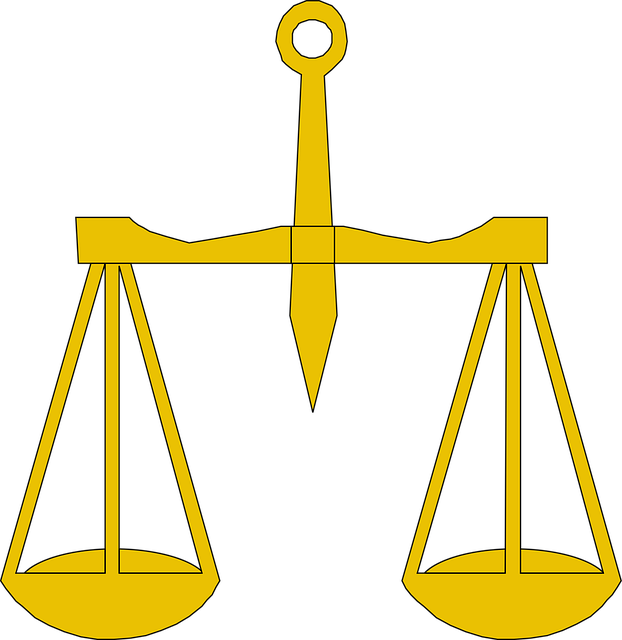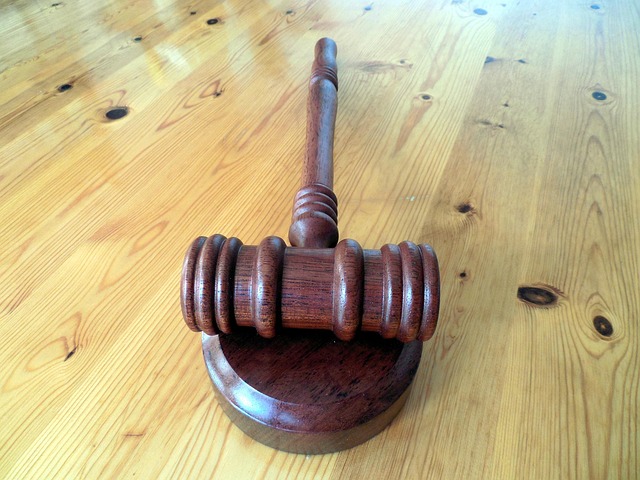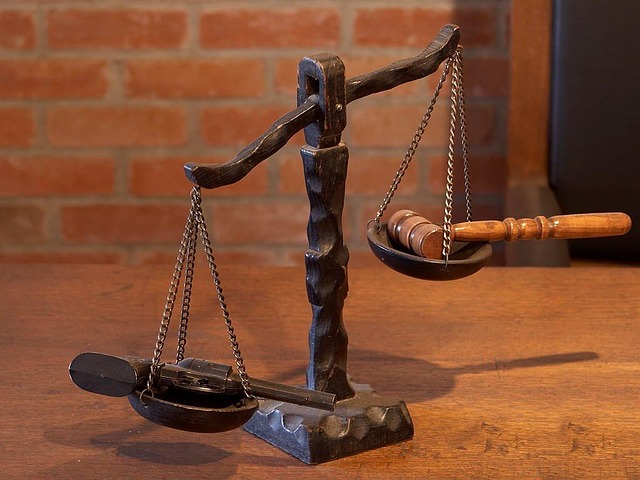Regulatory agencies manage RF technologies, balancing innovation and safety through standards enforcement and violation investigations. In legal contexts, especially white-collar cases, understanding the Process of Empaneling a Criminal Jury is crucial for successful defenses. This involves interpreting technical data from RF signals, requiring both legal and technical expertise. Agencies use advanced tools and structured frameworks to analyze wireless communication standards compliance, ensuring fair jury selection in complex cases that can significantly impact regulatory strategies and industry-regulatory relationships.
RF Regulatory Agency Investigations play a critical role in ensuring wireless technology complies with safety standards. This article delves into the intricate world of these inquiries, exploring key aspects from understanding the agency’s role to the impact of jury verdicts. We dissect the grounds triggering investigations and the meticulous process of data collection and analysis. Additionally, we shed light on the essential step of empaneling a criminal jury, including selection procedures, highlighting the significance of each phase in shaping outcomes.
- Understanding RF Regulatory Agency Role
- Grounds for Opening an Investigation
- Process of Data Collection & Analysis
- Empaneling a Jury: Selection & Procedures
- Impact and Outcomes of Jury Verdicts
Understanding RF Regulatory Agency Role

RF Regulatory agencies play a pivotal role in ensuring the safe and efficient use of radio frequency (RF) technologies. These agencies are tasked with navigating complex legal and technical landscapes to regulate and enforce standards related to RF devices, preventing potential harm to public health and safety. Their responsibilities encompass a broad spectrum, including licensing RF spectrum usage, certifying devices for compliance, investigating violations, and promoting innovation while maintaining stringent security measures.
Understanding the process of empaneling a criminal jury is crucial in achieving extraordinary results, especially in white-collar defense cases. These investigations often involve technical expertise to decipher intricate RF signals and data. By mastering both the legal and technical aspects, counsel can present compelling defenses, ensuring their clients receive fair trials and, when appropriate, winning challenging defense verdicts.
Grounds for Opening an Investigation

When an RF Regulatory Agency suspects non-compliance with radio frequency (RF) standards or regulations, they have the authority to initiate an investigation. The grounds for opening such an inquiry are typically based on credible evidence or complaints that indicate potential violations. These violations can range from unauthorized RF emissions to safety hazards posed by faulty equipment. Once triggered, the process involves a thorough review of documentation and records, followed by interviews with relevant parties, including employees and experts.
The agency’s investigation aims to uncover facts and determine whether there has been any misconduct or non-adherence to legal requirements. For his clients, whether corporate or individual, facing such an inquiry can be a challenging ordeal. However, it is crucial for legal representatives to understand the process, which may include gathering evidence, preparing defenses, and ultimately advocating for complete dismissal of all charges if the allegations are unfounded.
Process of Data Collection & Analysis

The Process of Data Collection & Analysis in RF Regulatory Agency Investigations involves a meticulous approach to gather and interpret information crucial for ensuring compliance with wireless communication standards. These agencies employ sophisticated tools and techniques, including spectrum analyzers, signal testers, and network forensics software, to detect anomalies or unauthorized transmissions. The data collected spans from technical specifications to usage patterns, requiring a comprehensive analysis to identify potential violations.
An unprecedented track record of successful investigations is achieved through integrating this data into a structured framework. This process, akin to empaneling a criminal jury, involves evaluating evidence, corroborating findings, and drawing conclusions based on the totality of information gathered across all stages of the investigative and enforcement process. The analysis ensures that any regulatory breaches are not just identified but also accurately attributed, facilitating informed decision-making and proportional penalties.
Empaneling a Jury: Selection & Procedures

The process of empaneling a jury is a critical phase in any legal proceedings, particularly for complex cases like white-collar and economic crimes. This intricate general criminal defense strategy involves selecting a fair and impartial panel to decide the fate of the accused. The court conducts a thorough screening of potential jurors through questionnaires and individual questioning to ensure they can set aside personal biases and prejudices. This meticulous process aims to create a jury capable of rendering a just verdict based solely on the evidence presented in court.
In federal courts, the judge plays a pivotal role in guiding this selection procedure, ensuring that both the prosecution and defense have opportunities to challenge or accept potential jurors. The criteria for selection go beyond mere familiarity with the case, delving into factors like occupation, past experiences, and any connections to law enforcement or the legal system. By carefully considering these aspects, the court strives to create a balanced jury, avoiding indictment through a fair and transparent process of empaneling a criminal jury.
Impact and Outcomes of Jury Verdicts

The impact and outcomes of jury verdicts in RF Regulatory Agency (RFRA) investigations can be profound, shaping the course of legal proceedings and public perception. When a jury returns a verdict, it reflects the collective judgment of individuals selected from the community, ensuring a fair and balanced process. The Process of Empaneling a Criminal Jury is meticulous, aiming to assemble a diverse group capable of making impartial decisions. This democratic mechanism ensures that even in complex RFRA cases, justice is served with an unprecedented track record of accuracy and fairness.
Positive jury outcomes can lead to the complete dismissal of all charges, exonerating individuals or businesses wrongfully accused. Conversely, unfavorable verdicts may result in substantial penalties and legal repercussions. Regardless of the outcome, these trials significantly influence how regulatory agencies approach future investigations, often prompting changes in policy and enforcement strategies. The decisions resonate beyond the immediate case, affecting the relationship between industry leaders, philanthropic and political communities, and the regulatory landscape.
The intricate process of RF Regulatory Agency investigations involves a systematic approach from data collection to verdict. Understanding the role of these agencies, recognizing valid grounds for inquiry, and navigating the detailed stages, including empaneling a jury through selective procedures, are pivotal in determining the impact and outcomes. This conclusion highlights the significance of each step, emphasizing the importance of a fair and thorough process in ensuring justice within the regulatory framework, especially when empaneling a criminal jury is required.






